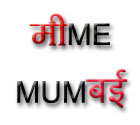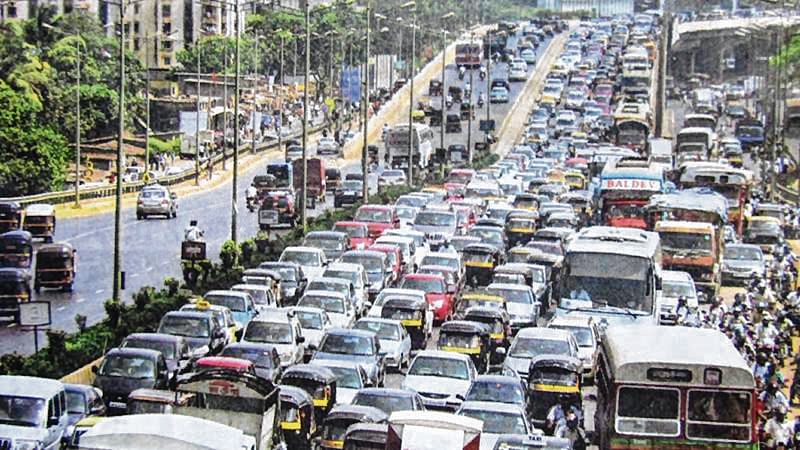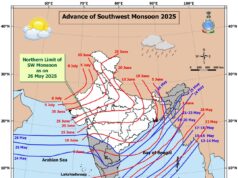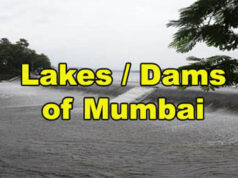Each year, the average Mumbaikar wastes about 11 days stuck in traffic. Though during the initial stage of lockdown due to Covid-19, Mumbai had come to standstill with empty roads. But soon with some relaxation, Mumbai withnessed massive traffic congestion.
It is well-known that Mumbai’s traffic is among the worst in the world, researchers are now able to quantify the fallout. Data scientists at the think tank, IDFC Institute, analysed over half a billion data points, between 2016 and 2018, from Uber’s ‘Movement’ tool to come up with these figures.
Article source: Indian Express Image source: FreePressJournal
The average commute time on Mumbai’s major routes is over an hour, more than double the averages of Singapore, Hong Kong and New York.
A 30-km trip from the city’s international airport to South Mumbai during rush hour can take over one-and-a-half hours as compared to the 45 minutes for the 45-km trip from Shanghai’s city centre to its airport.
The paper, reviewed by The Indian Express, says that “long commutes are eradicating the economic productivity of India’s financial capital”.
Uber’s ‘Movement’ data provides the average travel time between two areas of a city for a given time period. The researchers plotted the commute routes between areas like Nariman Point, Lower Parel, Bandra-Kurla Complex (BKC), Andheri East, Malad, Borivali and Chembur.
The study calculates the economic cost of spending time in traffic as opposed to working, by using the average wage rate of the city (Rs 50 per hour). According to this, the average economic cost to the city for every trip is Rs 145 while the environmental cost is Rs 17. Additional fuel costs alone can go up to Rs 265 per trip because of congestion.
As a template for similar studies in other Indian cities, the researchers were also able to quantify how the labour markets in Mumbai become fragmented due to traffic. For example, those living in the city’s northern suburbs like Borivali may have to spend an additional Rs 350 per commute if they want to work in midtown Lower Parel. They may spend an additional Rs 1,325 per week on fuel because of traffic.
Similarly, the cost of commuting between Nariman Point and Andheri West leads to an inefficient labour market. Also, shorter distances don’t always mean lower fuel costs in Mumbai.
The study also identified prominent traffic bottlenecks — the route from BKC to Borivali, for instance, tightens up significantly between Jogeshwari and Kandivali. It recommends further policy research on the reasons behind each bottleneck and an ‘Intelligent Traffic Management System’ in the most troublesome areas.
Megacities like Mumbai, one of the densest cities in the world, depend on optimising the mobility between workers, consumers, jobs, goods, and services. Private vehicle ownership is growing faster than investment in, and usage of, public transport. Previous research from a 2016 Comprehensive Mobility Plan of Greater Mumbai showed that use of public transport, as the main mode of transport, had declined from 81 per cent to 70 per cent between 2005 and 2014. On the other hand, the number of private vehicles registered increased from 8 lakh to 23 lakh between 2001 and 2015.
Article source: Indian Express
Also read: Is Traffic Killing the Freedom of Mumbaikars……!!








